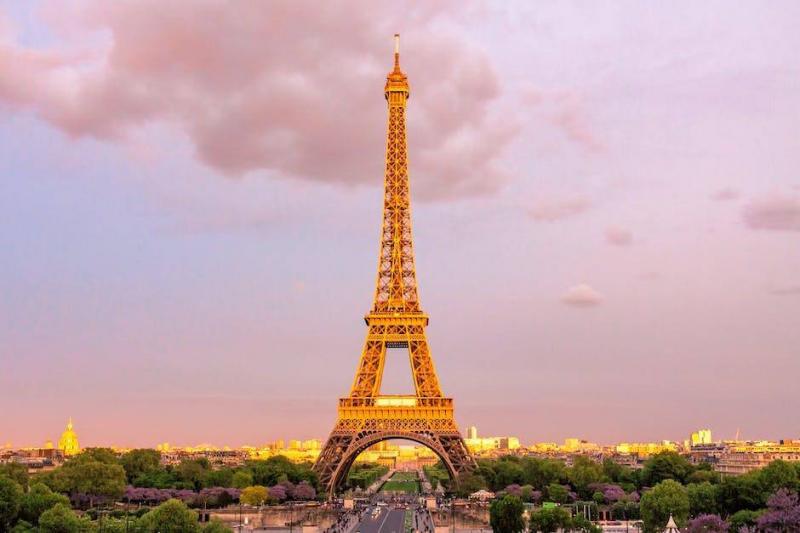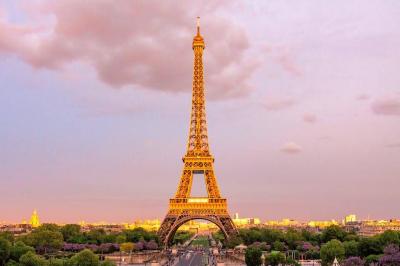The builder of the world's most famous tower, the French engineer Gustave Eiffel, born in 1832 in Dijon, France, has a "metallic" connection to Egypt that is not easily discovered in his biography. It is better to explore what "Eiffel" constructed from metal in Egypt, as Egyptian media mention that the German-born engineer built the Abu al-Ala Bridge and the Nag Hammadi Bridge, as well as the Ras Ghareb lighthouse. He also constructed a suspended bridge in the Giza Palace Garden before it was later turned into a zoo. Additionally, he built 33 iron railway cars, and most importantly, he constructed the base of the Statue of Liberty in New York. The statue was originally intended to be installed at the entrance of the Suez Canal, representing a giant Egyptian farmer.
Few remember that this Wednesday marks the 100th anniversary of Gustave Eiffel's death on December 27, 1923, at his home in Paris, and even fewer know these details about him. The Abu al-Ala bridge was one of the bridges built during the reign of Khedive Abbas II, and it was opened in 1912 to connect the Zamalek neighborhood with the Boulaq Abu al-Ala area; it was demolished in 1998 to build a new one, turning the old bridge into scrap.
Moreover, few are aware that his family name "Gustave Eiffel" was never "Eiffel" at all; the name was adopted because of the French's difficulty in pronouncing his German family name. His real name was Alexandre Gustave Bönickhausen, which does not include "Eiffel" at all.




